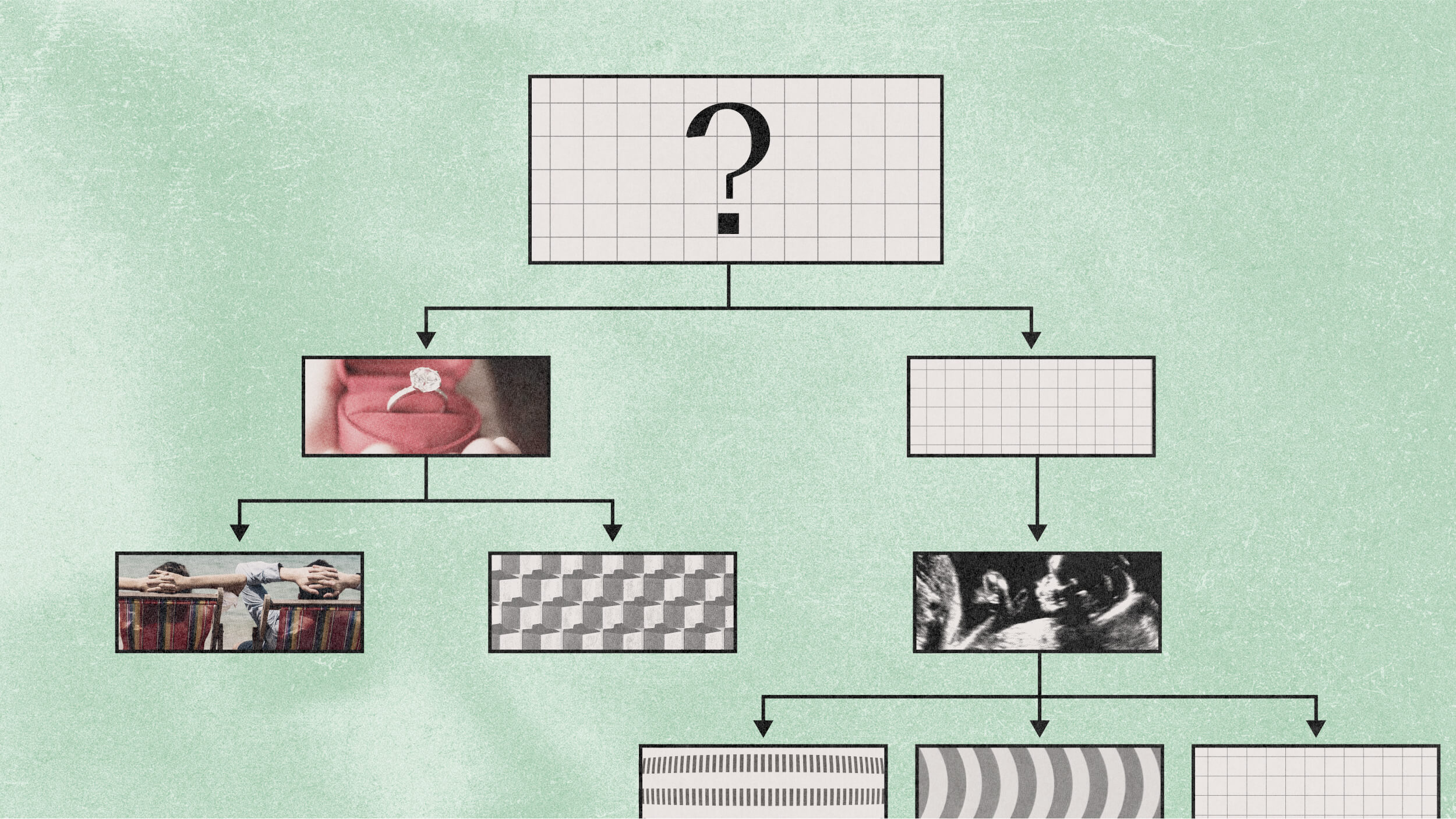Dave Rahill: What benefits provide for employees is income protection from catastrophic loss. So health insurance is a good case in point. To help you pay for a large hospital bill or if you get sick and you can’t work you have disability insurance to replace your income. The same with life insurance if you pass away early it replaces your income. So the demand really is from employees to help provide protection on their income and from employers who want to make sure that employees have that protection and can continue at work despite any type of loss.
Benefits vary by geography or by country around the globe. The variance is driven primarily by what federal governments decide to provide for the population. You can roughly divide the world into mature and growth markets. In mature markets you see greater rates of unemployment, higher wage levels and the need for employers to control expense for an older population and pass more of the expense and the risk of providing those benefits to employees.
In the growth economies you have a couple of things that are heading in opposite directions. Employment is growing. As those wages grow there is a greater need on the part of employees to protect those wages from loss. There’s different dynamics in growth economies versus mature economies but the dynamic of employees needing to protect their income
exists globally.
In those countries where governments pay the lion’s share of healthcare through a government plan, the more popular plans are retirement, paid time off, disability, dental, things of that nature. Ironically, where governments have provided benefits over the years whether it’s UK, France, Germany, Canada…the governments themselves now are struggling to continue to pay for the cost of that benefit.
Historically, employers paid the bulk of the expense for all benefits whether it was retirement benefits, health, life insurance, disability. A lot of this trend started post World War II. Since
that time, and especially over the last 20 years, as the expense for providing these benefits has increased somewhat with the aging of the populations, especially in mature countries. Employers gradually passed more and more of the cost of the benefits onto employees. You
see this markedly in the area of retirement benefits where employers have moved from defined benefit to defined contribution. A defined contribution simply is: we're going to put aside a set amount of money per year for you and you, the employee, will manage that money until
you retire. It puts a lot of the onus of accumulating that benefit and managing that benefit and the risk on the employee. In healthcare that trend has lagged a good 20 years but we’re starting to see a pickup as the expense of healthcare continues to grow.
So, you are likely to see, even with employment growth in the U.S., more part-time employment and more employment where the benefits have to be earned with a certain number of hours and more benefits that are of this defined contribution. Mercer just conducted a study of ten countries. We asked employees what plans they value the most. So, if
we look at what’s popular, people usually value what is right in front of them whether that’s the most valuable benefit for them or not. Paid time off is a very good example. The value of paid time off to a lot of employees is the immediacy of the benefit. And we don’t think
employees are making the best choices in the world when they’re taking that immediate benefit and valuing it over a long-term benefit that would be much more valuable to them and their families over time…a retirement benefit or a health benefit. Choice is called different
things in different parts of the globe. Asia and Spain and parts of Europe it’s called flex. A flex environment is one where an employer offers a range of choices to an employee in life insurance and disability, dental. An employee flexes their payroll dollars across a range of benefits that an employer offers. Here in the U.S. these voluntary plans could span limited medical coverage, dependent life insurance, dependent dental, pet insurance, insurance for homeowners, auto insurance.
So, in this new scenario where employees have a broader series of choices to make and they’re making choices using more of their own money, one has to ask the question: “Are employees prepared to make these type of decisions?”. In our view there’s a lot of education that has to take place and it’s very similar to the type of education that many employers engaged in as they moved from a defined benefit plan and pensions to a defined contribution in pensions. We’re making the same move in healthcare and we think the onus is on the employer
to provide education and training not only before employees make these choices but as employees are making these choices. And It will be a journey.





